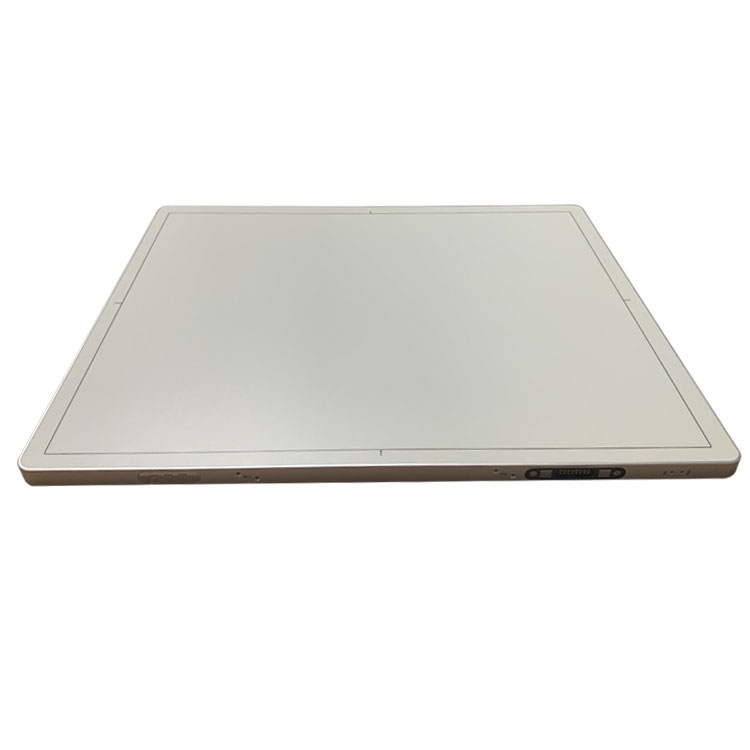Amorphous silicon and amorphous selenium are both materials used for DR detectors in digital X-ray imaging systems. Because their mechanisms for converting X-rays into electrical signals are different, image quality and sensitivity are affected.
Amorphous silicon detectors utilize a scintillator material that absorbs X-rays and converts them into visible light, which is then detected by an array of silicon photodiodes. This indirect conversion process can lead to some loss of image resolution and sensitivity due to light scattering within the scintillator.
On the other hand, amorphous selenium detectors directly convert X-rays into electrical charges through the photoconductive effect. This direct conversion mechanism offers higher sensitivity and better spatial resolution compared to amorphous silicon, as there is no intermediate step involving light conversion.
Overall, amorphous selenium technology tends to produce images with higher clarity, contrast, and sensitivity to X-rays compared to amorphous silicon, making it preferable for applications where fine detail and high image quality are critical, such as in medical imaging and industrial non-destructive testing. We are a manufacturer of X-ray machines and their accessories. If you have any needs for FPDs, please feel free to contact us. Whatsapp:+86 18953679166. Email: service@newheek.com

Author:Newheek-Detector
Tel:+86 18953679166
Email:service@newheek.com
Company:Weifang Newheek Electronic Tech Co., Ltd.